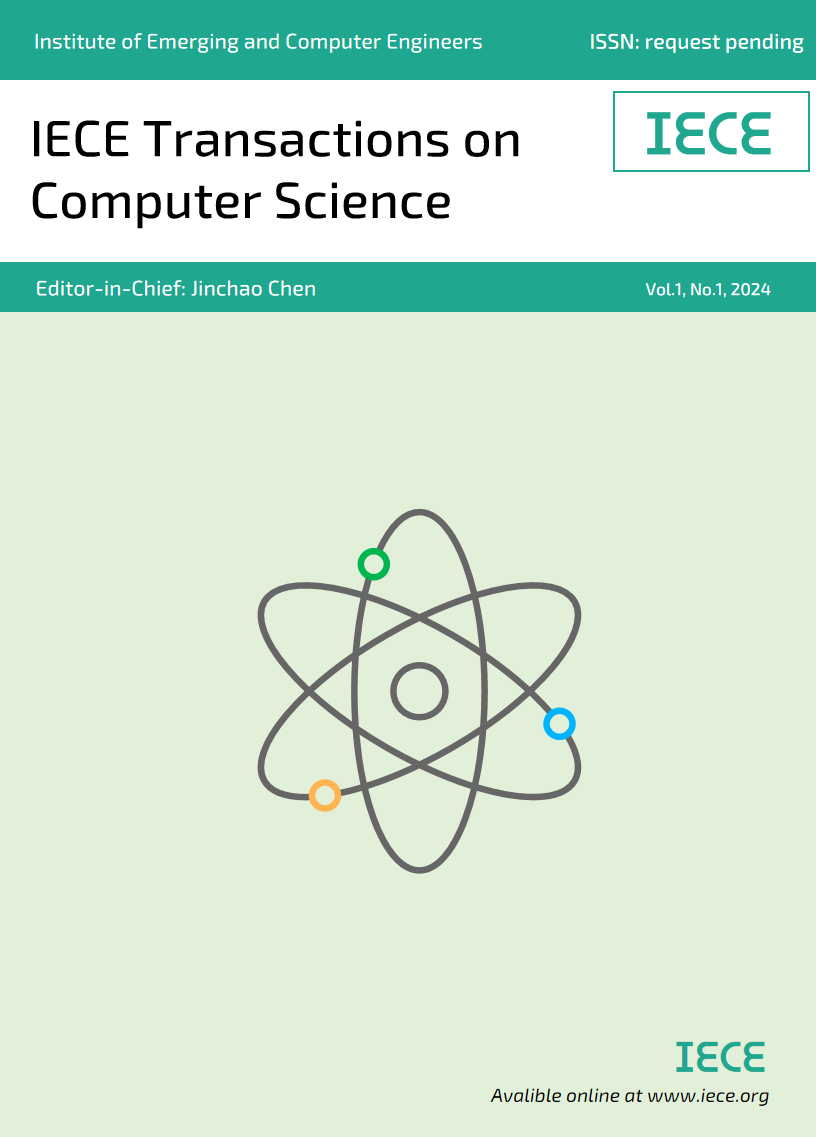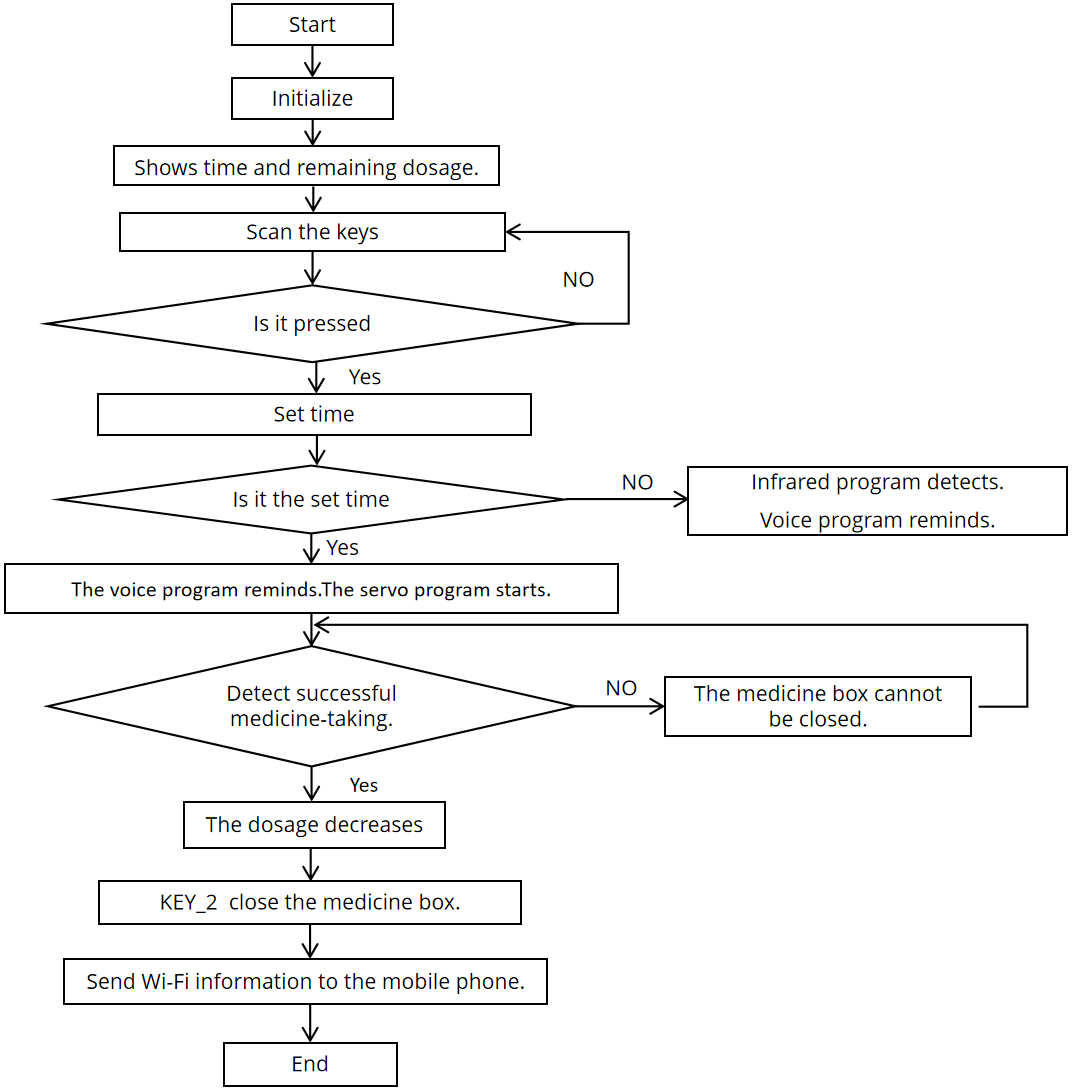Abstract
Since the 21st century, with the acceleration of people's life rhythm and the increasing number of patients with chronic diseases, taking medicine has become a part of their daily life. This system is based on the design of the smart pill box reminder system based on the single-chip microcomputer, using STM32F103C8T6 as the core of the smart pill box reminder system, which is composed of a button module, an OLED display module, an infrared detection module, a servo module, a clock module and a Wi-Fi module. As a setting module, the user can set the reminder time and dosage of the three pill boxes according to their needs. When the set time for taking medicine is reached, the user will be reminded to take the medicine by voice, and the medicine box will be automatically opened so that the user can take the medicine on time. The system also monitors the amount of medicine taken by the user through the infrared detection module, and the system will send out a voice alarm to remind when taking less or taking more. Through OLED, the current time and the remaining amount of medicine in the medicine box can be displayed, and the user can be reminded to replenish the medicine in time. At the same time, the system can also send the user's medication status to the mobile phone through Wi-Fi for real-time monitoring and management. This design aims at the problem that it is easy to forget to take medication on time in life, and helps users develop the habit of taking medication on time and improve their quality of life through accurate reminders and intelligent management.
Funding
This work was supported without any funding.
Cite This Article
APA Style
Liu, Q., Wang, X., & Wang, Y. (2025). Design and Implementation of an STM32-Based Smart Medicine Box Reminder System with Multiple Functionalities. IECE Transactions on Computer Science, 2(1),
26–34. https://doi.org/10.62762/TCS.2024.657367
Publisher's Note
IECE stays neutral with regard to jurisdictional claims in published maps and institutional affiliations.
Rights and permissions
Institute of Emerging and Computer Engineers (IECE) or its licensor (e.g. a society or other partner) holds exclusive rights to this article under a publishing agreement with the author(s) or other rightsholder(s); author self-archiving of the accepted manuscript version of this article is solely governed by the terms of such publishing agreement and applicable law.


 Submit Manuscript
Edit a Special Issue
Submit Manuscript
Edit a Special Issue


